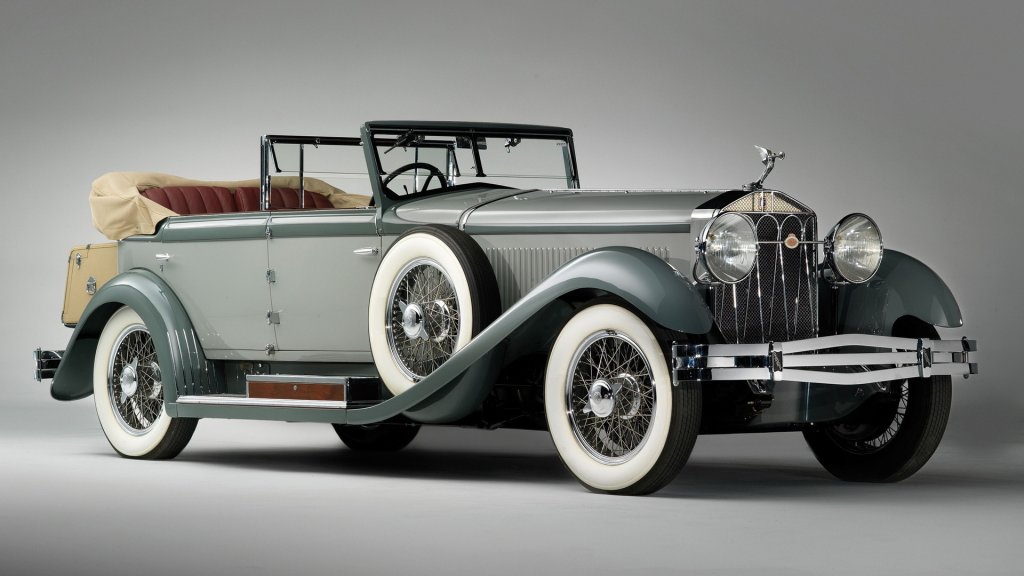Vintage cars: three elements worth looking at before buying.
Engines, brakes, and suspensions are surely the most crucial parts of a vehicle. As such, they are often the only ones that get some real attention when a vintage car changes ownership. We do recommend you check the state of all these elements, yet a car is made of many more parts which possibly deserve just as much attention.
So we thought we’d list here three more elements you might want to keep a close eye on next time you’re on the market for the classic car of your dreams.
- Lights and lenses
You should make sure that all of them are working correctly. You can never be certain all lights are working if you’re alone while checking, so the safest way is asking a friend to have a look while you test the brakes and rear lights.
You should also check that no humidity is present inside the lenses, and that none of them is moving. Some easy-to-apply spray adhesive is all you need if the lens is shaky, but it might be more annoying to find out a light is not working or a lense is chipped if the make of your vintage car is a rare one.
- Suspension
The suspension system is often overlooked because it hides below the hood and its health is harder to check. Yet it’s also a very delicate part – from bushes to joints. A pretty immediate way to test the state of suspension is by pushing down every corner of the car and seeing how it bounces back up.
One single rebound is a good sign, but more than that is a worrying sign. To have a better idea of how the suspension system works as a whole, we suggest you do a lot as much previous research as possible on technical websites. This will eventually help you get a better idea of how vital the suspension system is to a used car which has already travelled far and wide.
- What’s hiding underneath
It might be hiding very well, but a relatively unknown part which lies below a front-wheel-drive car is worthy of sliding underneath for a check. First make sure that no oil is leaking below the front, then search for the CV-joints.
You will find them beside and on the same line with the front wheels. For an idea of what they look like, you can find a few versions on the dedicated Wikipedia page. If they are leaking and are split, you might need to replace them. Ordering a new pair and having a mechanic fit it will cost you around £200, so always take a look at them before actually buying a vintage car.




